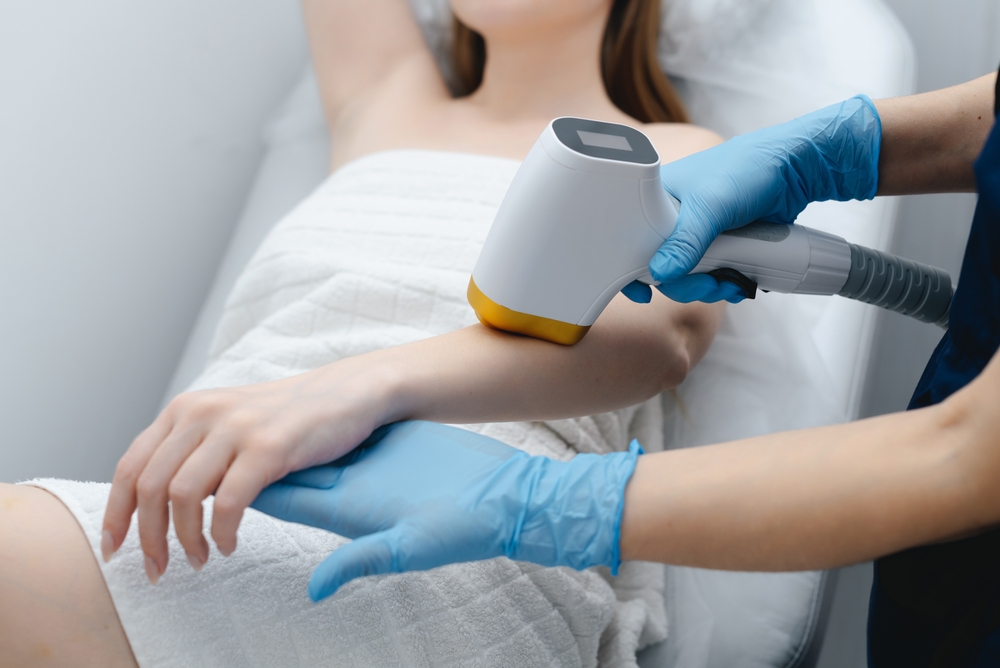Regret That Tattoo? Here’s How Removal Works in 2025
Thanks to modern laser technology, removing unwanted ink is now faster, safer, and more accessible than ever. In as little as 20 minutes per session, you can start the journey toward clear skin—with minimal discomfort and no need for surgery. Discover how thousands are choosing a fresh start.

How does laser tattoo removal work in 2025?
Laser tattoo removal in 2025 utilizes cutting-edge picosecond laser technology. These advanced lasers emit ultra-short pulses of energy that shatter tattoo ink particles into tiny fragments. Your body’s immune system then naturally flushes out these fragments over time. The process is significantly faster and more effective than older laser methods, requiring fewer sessions and causing less damage to surrounding skin tissue.
What can I expect during a tattoo removal session?
A typical tattoo removal session in 2025 lasts about 20 minutes, depending on the size and complexity of your tattoo. Before the procedure, a cooling gel is applied to the skin for comfort. The laser technician then uses a handheld device to deliver precise pulses of light to the tattooed area. While you may feel a sensation similar to a rubber band snapping against your skin, most patients find the discomfort minimal and easily tolerable.
How many sessions are needed for complete removal?
The number of sessions required varies depending on factors such as tattoo size, ink colors, and skin type. However, with 2025’s advanced lasers, most tattoos can be significantly faded or completely removed in 4-8 sessions. This is a marked improvement from earlier technologies that often required 10-15 or more treatments. Sessions are typically spaced 6-8 weeks apart to allow the body time to process and eliminate the shattered ink particles.
Are there any side effects or risks to consider?
While modern tattoo removal is generally safe, some temporary side effects may occur. These can include redness, swelling, and minor blistering in the treated area. In rare cases, there may be slight changes in skin texture or pigmentation. However, these effects are usually minimal and resolve on their own. The risk of scarring is significantly lower with 2025’s advanced lasers compared to older methods.
What factors influence the success of tattoo removal?
Several factors can affect the outcome of tattoo removal. Newer tattoos with vibrant colors may be more challenging to remove than older, faded ones. Black and dark blue inks typically respond best to laser treatment, while yellows and greens can be more resistant. Your skin type and overall health also play a role in the removal process. Additionally, tattoos located closer to the heart generally fade faster due to increased blood flow in those areas.
How much does tattoo removal cost in the United States in 2025?
The cost of tattoo removal in the United States can vary widely depending on factors such as tattoo size, color complexity, and the number of sessions required. On average, a single session can range from $200 to $500, with larger or more complex tattoos costing more. A complete removal treatment typically requires multiple sessions, so the total cost can add up.
Here’s a comparison of tattoo removal costs from some popular providers:
| Provider | Average Cost Per Session | Number of Sessions (Typical) | Total Cost Estimate |
|---|---|---|---|
| LaserAway | $250 - $450 | 6-8 | $1,500 - $3,600 |
| Ideal Image | $200 - $400 | 5-7 | $1,000 - $2,800 |
| Removery | $300 - $500 | 4-6 | $1,200 - $3,000 |
| Local Dermatology Clinics | $150 - $350 | 6-10 | $900 - $3,500 |
Prices, rates, or cost estimates mentioned in this article are based on the latest available information but may change over time. Independent research is advised before making financial decisions.
In conclusion, tattoo removal in 2025 offers a viable solution for those looking to erase their ink. With advanced laser technology, the process is faster, more effective, and less painful than ever before. While the cost can be significant, many find the investment worthwhile for the freedom to reimagine their skin. As with any medical procedure, it’s essential to consult with a qualified professional to determine the best approach for your specific tattoo and skin type.
This article is for informational purposes only and should not be considered medical advice. Please consult a qualified healthcare professional for personalized guidance and treatment.




